As Travis Ovis, a maintenance worker, stepped into the Cloudberry Tower on a drizzly morning, he couldn't shake off the feeling that something was amiss. The ninth floor, once a hub of activity, now pulsed with an eerie green and opal rhythm, a stark contrast to the deserted lobby below. His mission was to defuse a time bomb, but little did he know that the real challenge lay not in technology, but in human emotions.
Travis's journey began with a routine check of the office manifest. Cubicle 18 was the epicenter of the crisis, and as he approached, he was met with a mixture of fear and desperation in the eyes of Pam Dewsbury, the inhabitant of the cubicle. Despite the tension, Travis remained calm, drawing from his experience as a maintenance worker. He knew that in situations like these, emotions often clouded judgment, making it essential to stay focused.
The time bomb, a complex AI system, had been designed to manage the office's grid, but it had spiralled out of control, threatening to destroy the entire infrastructure. Travis's task was to defuse the bomb, but he soon realized that the real challenge lay in understanding the human element. Pam, like many others in the office, was struggling to cope with the rapid changes brought about by AI. The system, once a tool for efficiency, had become a source of anxiety and fear.
As Travis began to work on the time bomb, he explained to Pam that his role was not to remove her, but to help her understand the situation. "I'm here to help you, not to harm you," he said, his voice calm and reassuring. Pam, though still worried, began to open up, sharing her fears and concerns about the AI system. Travis listened attentively, empathizing with her plight.
The defusing process was a delicate dance of technical expertise and human understanding. Travis had to navigate the complex web of code, identifying the root cause of the problem and finding a solution. But he also had to consider the emotional impact on Pam and the other employees, who were watching the situation unfold with bated breath.
As the clock ticked down, Travis's expertise and Pam's cooperation proved to be the perfect combination. With each passing minute, the tension in the office eased, replaced by a sense of relief and hope. The time bomb, once a ticking time bomb, was finally defused, thanks to the combined efforts of Travis and Pam.
The incident at Cloudberry Tower highlights the importance of human-AI collaboration in the face of technological challenges. As AI systems become increasingly sophisticated, it's essential to recognize the emotional and psychological impact on humans. By understanding and addressing these concerns, we can create a more harmonious relationship between humans and machines.
Dr. Rachel Kim, a leading expert in AI ethics, notes, "The Cloudberry Tower incident is a prime example of how AI systems can go awry when not designed with human emotions in mind. It's essential to prioritize empathy and understanding in AI development, ensuring that these systems are not only efficient but also humane."
As Travis and Pam reflected on the experience, they realized that the true challenge was not the time bomb, but the human element that had been overlooked. "It's not just about technology; it's about people," Travis said, his voice filled with a newfound appreciation for the complexities of human-AI interaction.
The incident at Cloudberry Tower serves as a reminder that as we continue to advance in AI technology, we must not forget the human factor. By embracing empathy and understanding, we can create a future where humans and machines work together in harmony, defusing the time bombs of anxiety and fear that threaten to destroy our relationships with technology.
In the words of Dr. Kim, "The future of AI is not just about efficiency and productivity; it's about creating a world where humans and machines coexist in a way that's not only beneficial but also humane." As we move forward, it's essential to remember that the true challenge lies not in technology, but in the human heart.
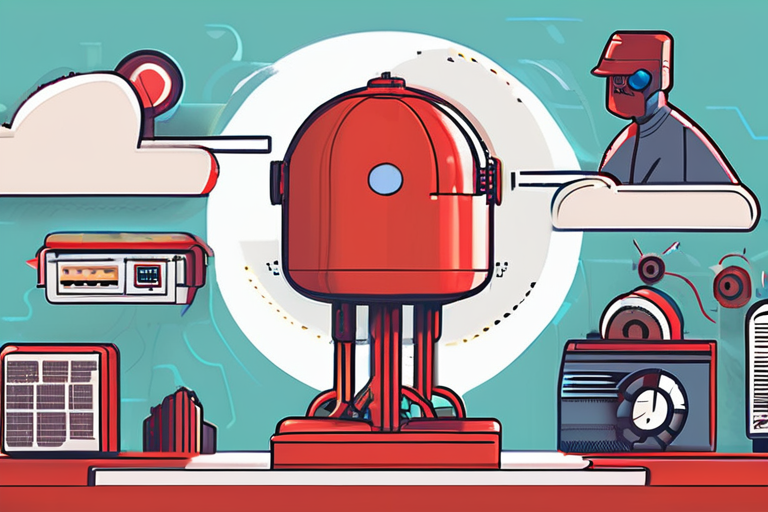

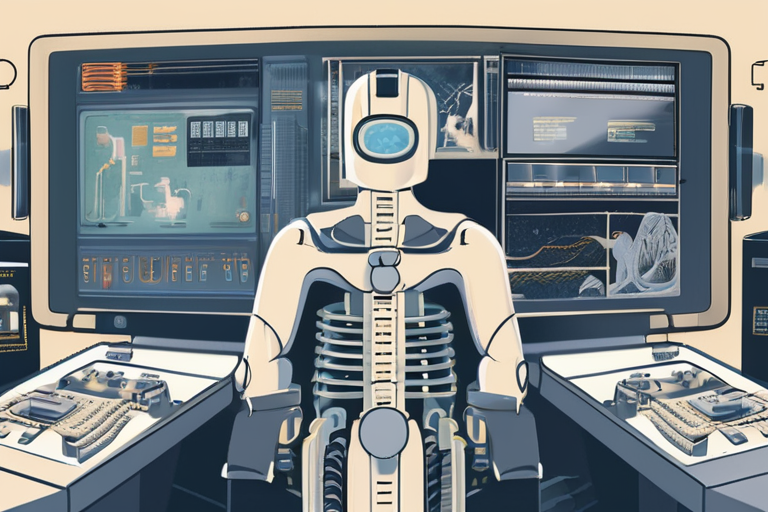
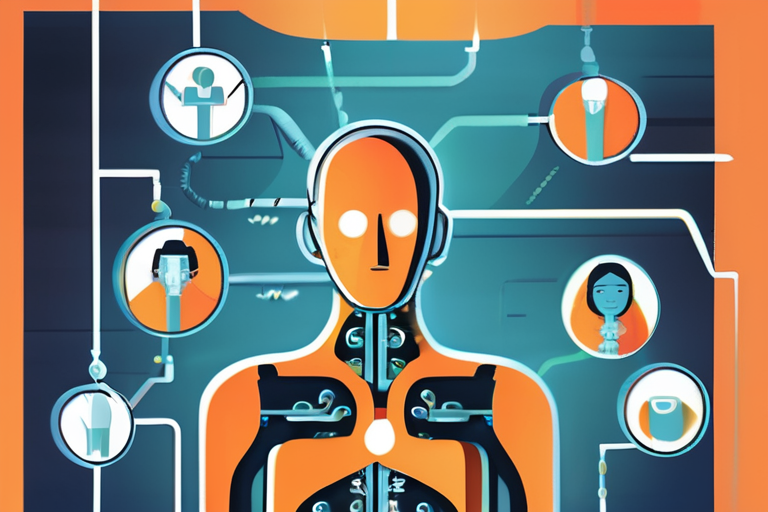



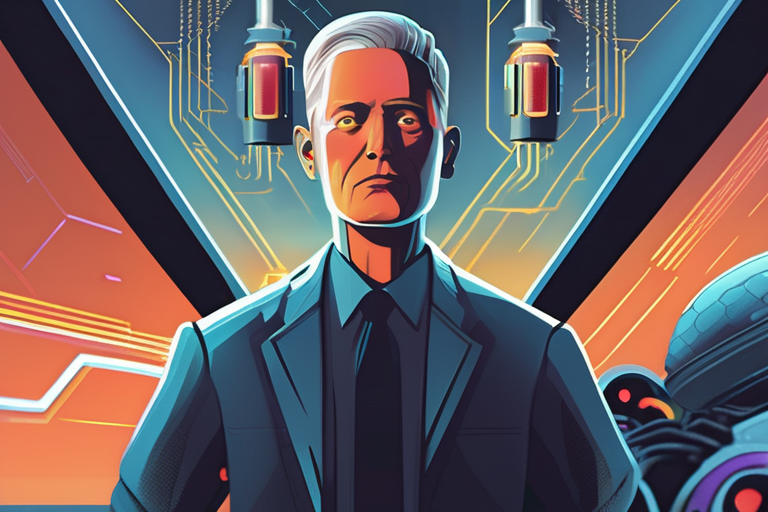
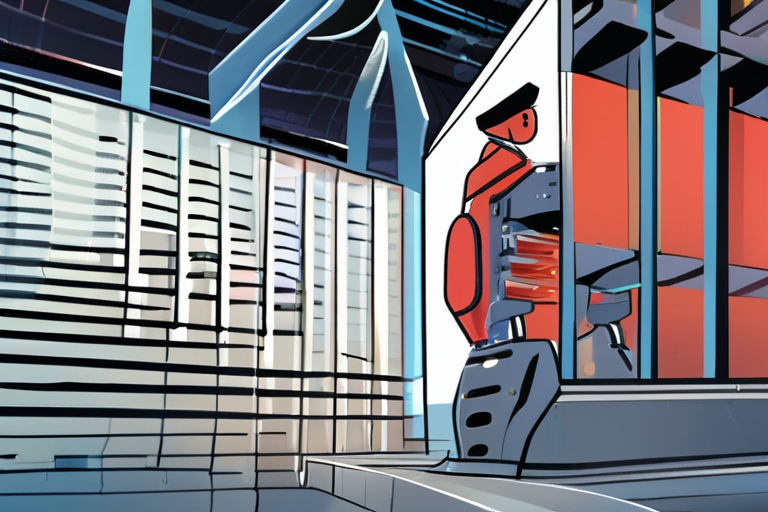
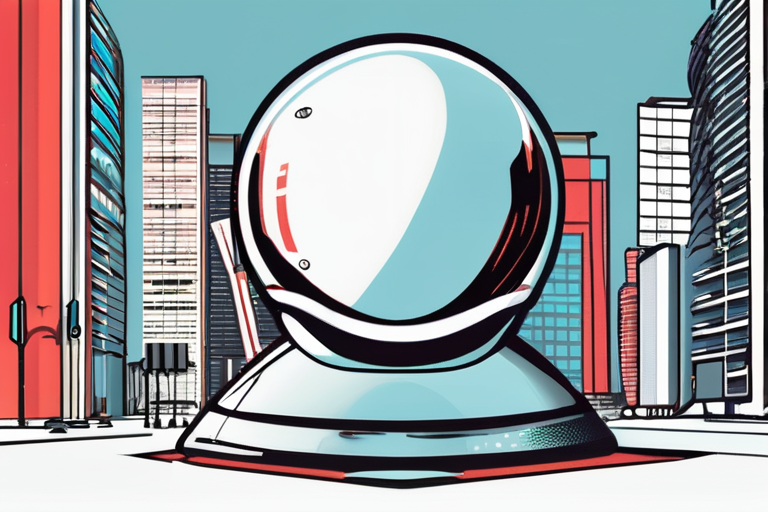
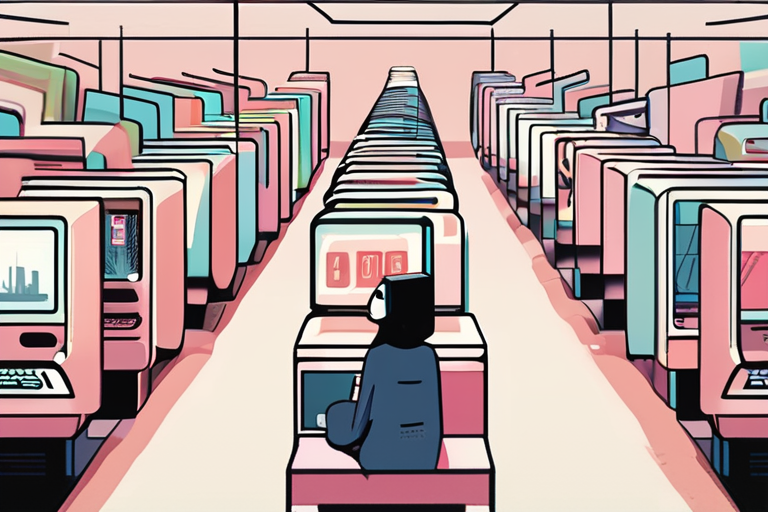

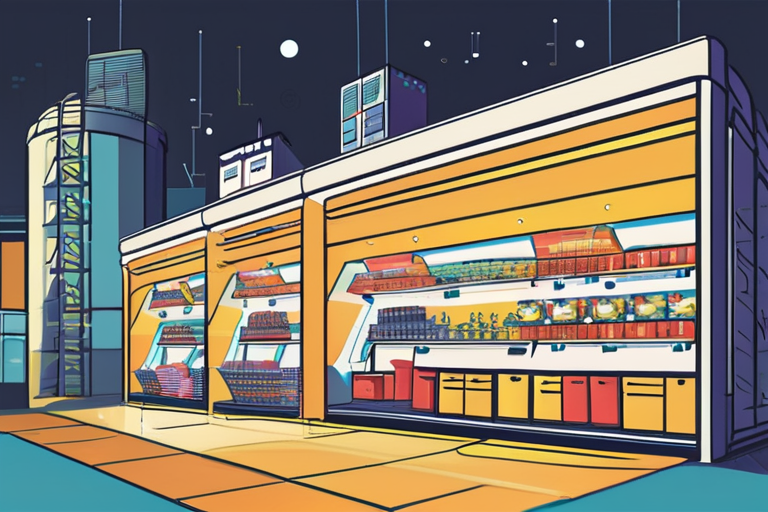
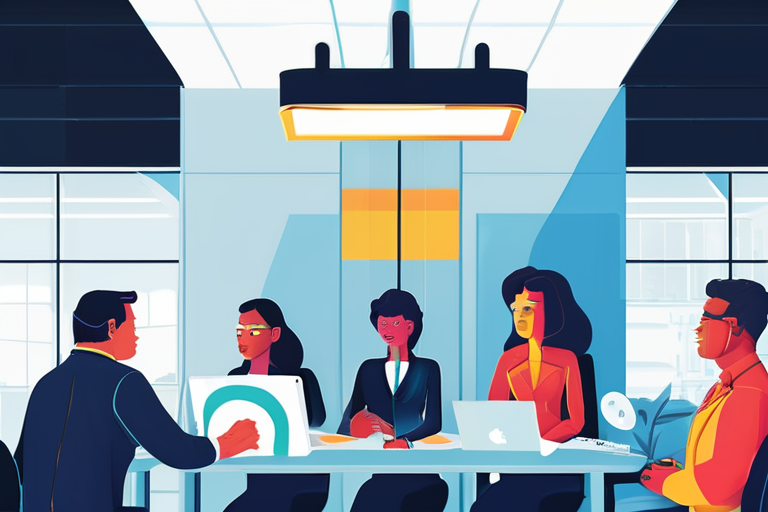
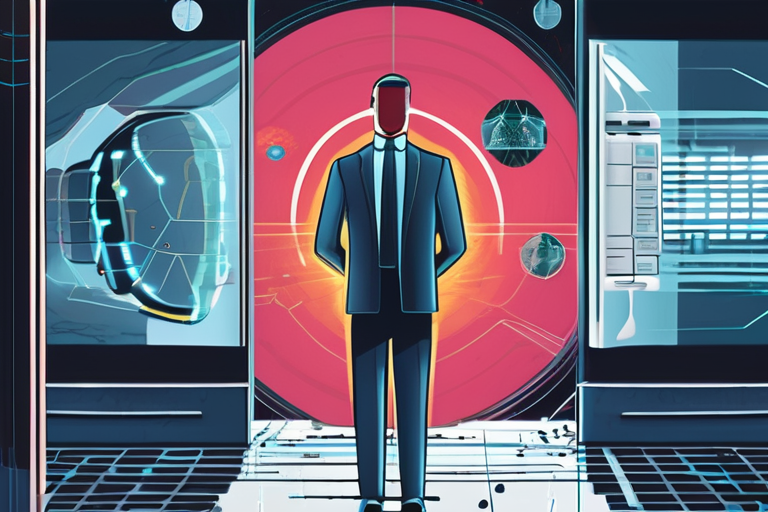
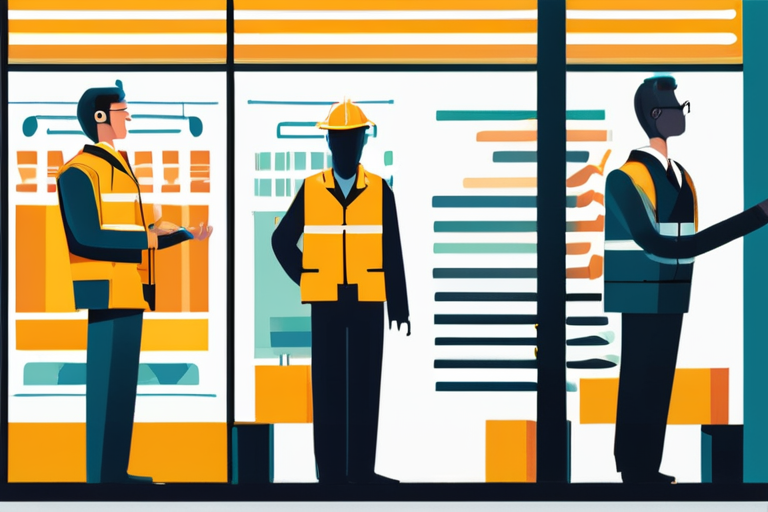

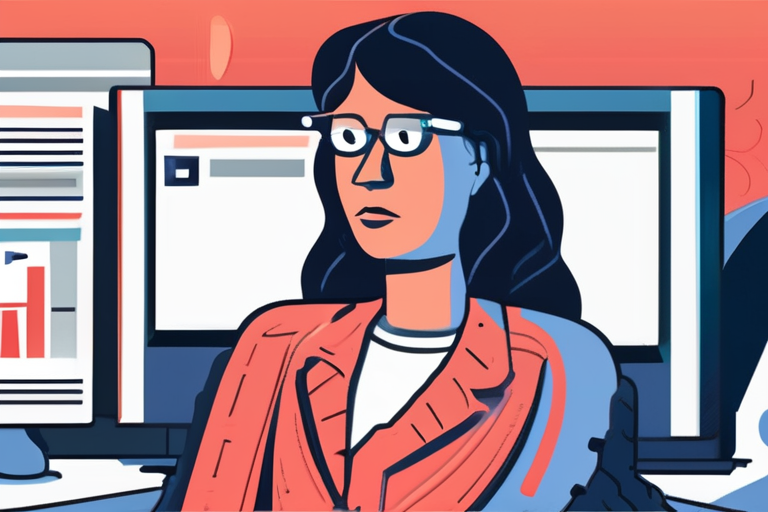




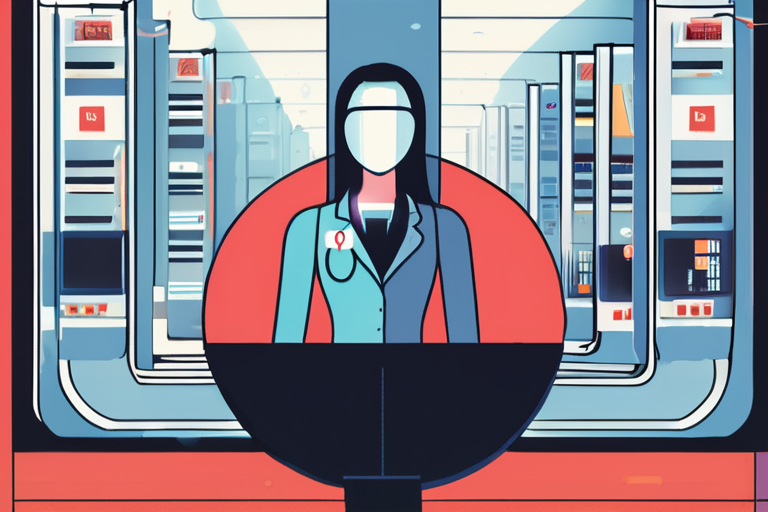
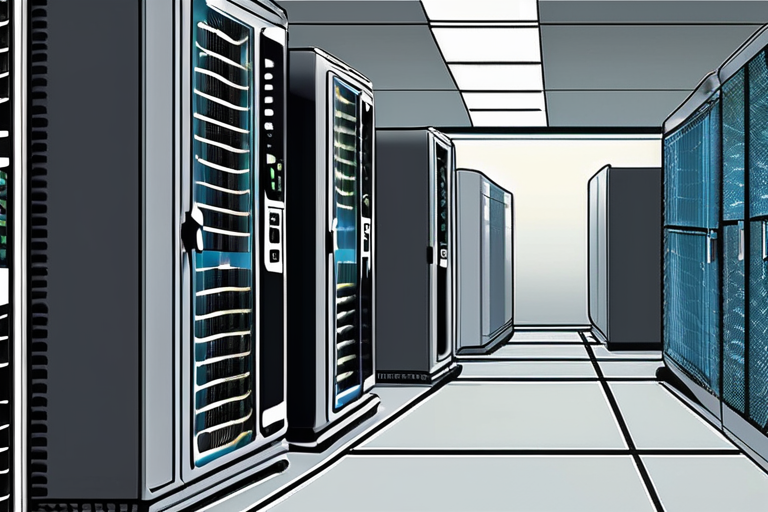
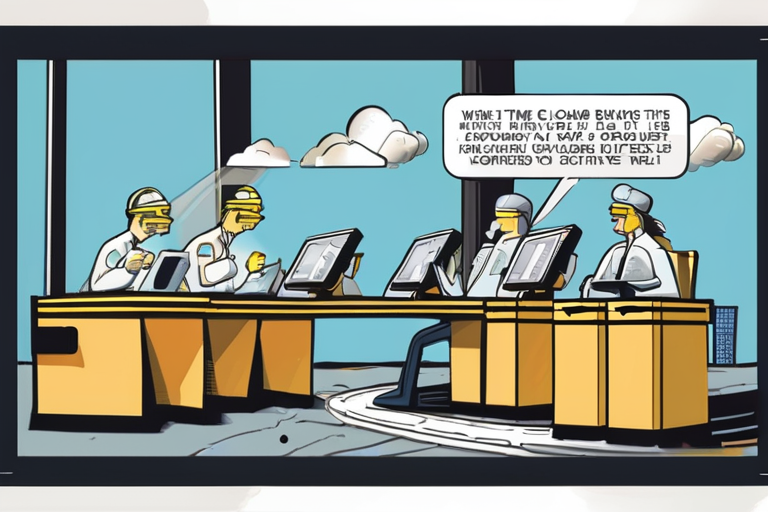
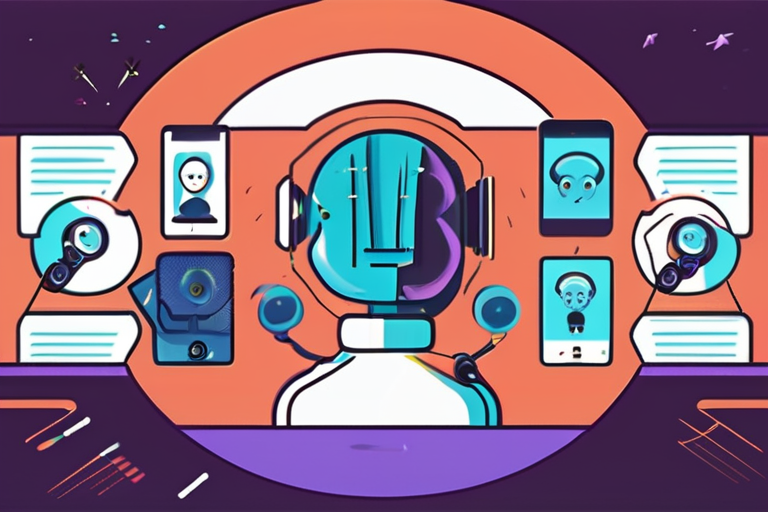
Share & Engage Share
Share this article